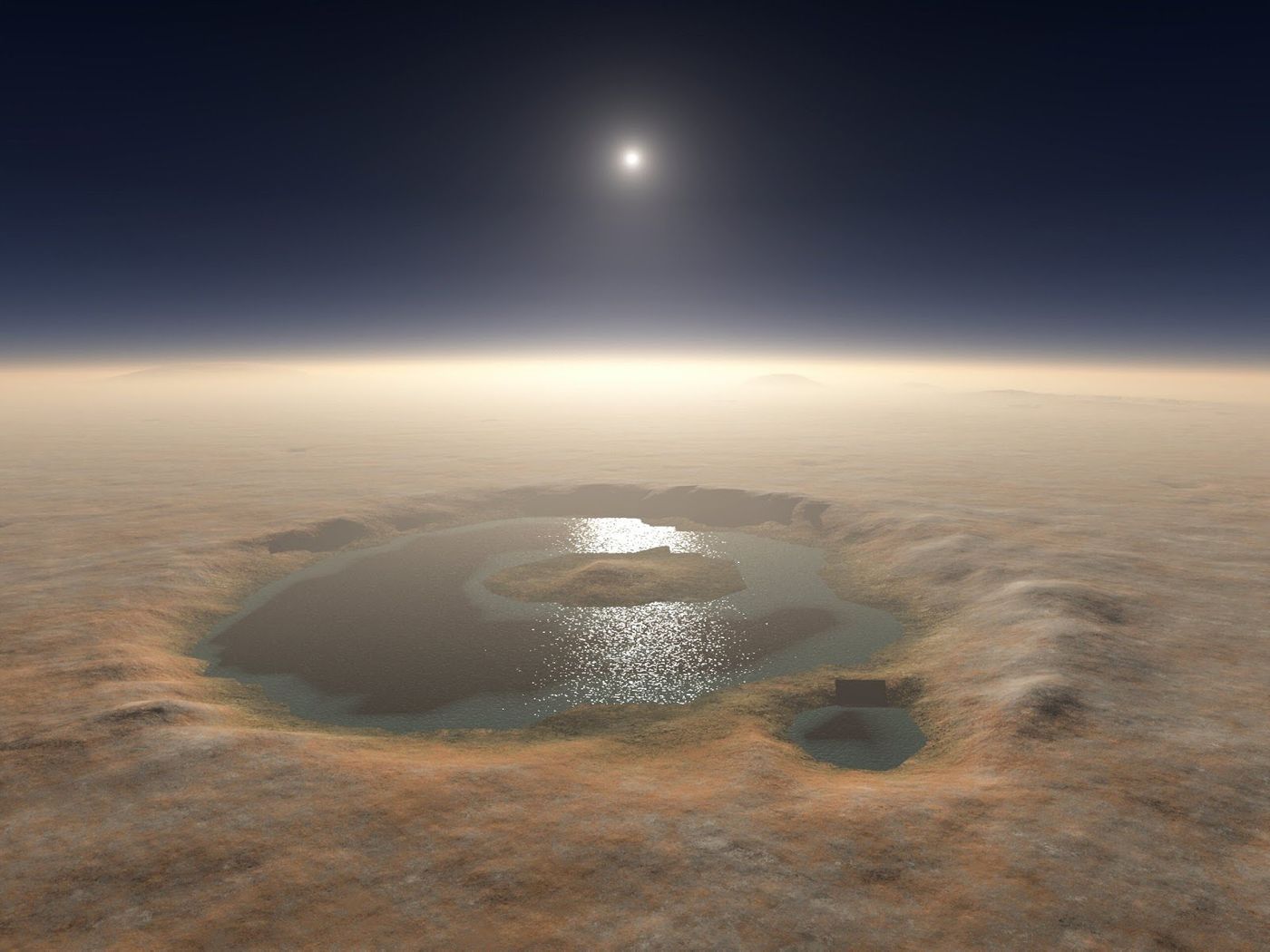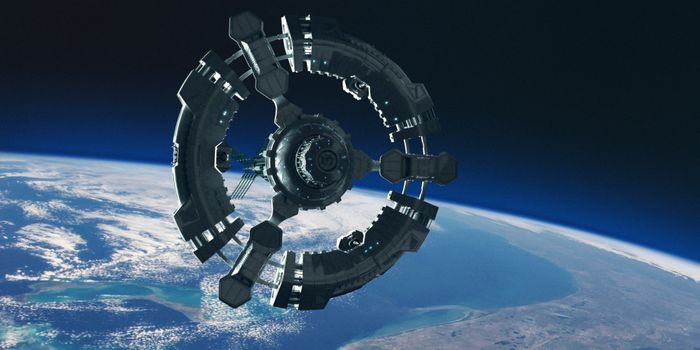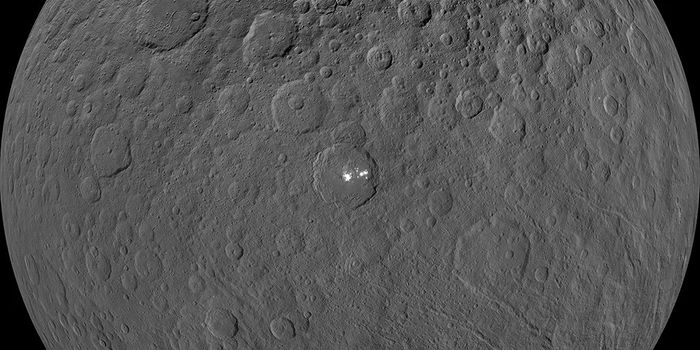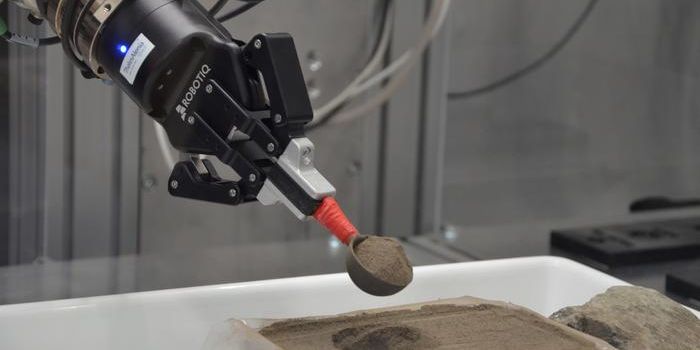Mars' Water Escape Has Been Observed Over a Full Martian Year
NASA has been observing water loss in the Martian atmosphere for one full Martian year (687 Earth days) with the MAVEN mission to learn more about the rate at which the red planet loses the building blocks of water molecules into space.

The team found that Mars’ elliptical orbit around the Sun has an effect on hydrogen molecule loss from the atmosphere, noticing trends where the hydrogen loss was more pronounced during parts of the orbit where Mars was closest to the Sun and less noticeable when Mars was further away from the Sun.
The findings confirm that sunlight, which varies in intensity depending on the proximity of Mars to the Sun by 40%, can split the water vapor molecules in Mars’ lower atmosphere, producing one oxygen and two hydrogen atoms that can move up to Mars’ upper atmosphere. The hydrogen atoms then find their way out of the Martian atmosphere entirely.
Additionally, NASA also found that the loss of hydrogen into space isn’t steady. The space agency compares “steadiness” to a leaky tire that loses air over time; well this isn’t the case. Mars’ loss of hydrogen is always fluctuating depending on the forces acting on it.
“Now that we know such large changes occur, we think of hydrogen escape from Mars less as a slow and steady leak and more as an episodic flow – rising and falling with season and perhaps punctuated by strong bursts,” said Michael Chaffin, a University of Colorado at Boulder researcher.
Such information can be a useful puzzle piece in determining just how much water has been lost from Mars over the course of millions of years. There is already evidence that Mars hosted flowing liquid water at some point, but as you can probably tell from most modern Mars photographs, it’s pretty dry and desert-like there these days.
NASA is particularly interested in figuring out what drives the water loss from Mars’ atmosphere. There are undoubtedly numerous factors, which are impacted by the Sun’s cycle, seasonal effects, and more. Nevertheless, there’s no clear unified understanding of what exactly causes all of it to happen.
Only time and continuation of study will allow us to learn the key answers to these questions.
Source: NASA








